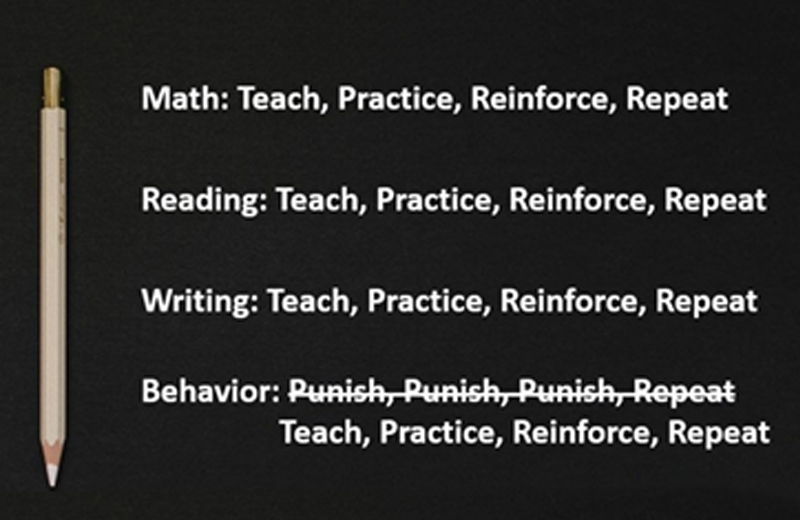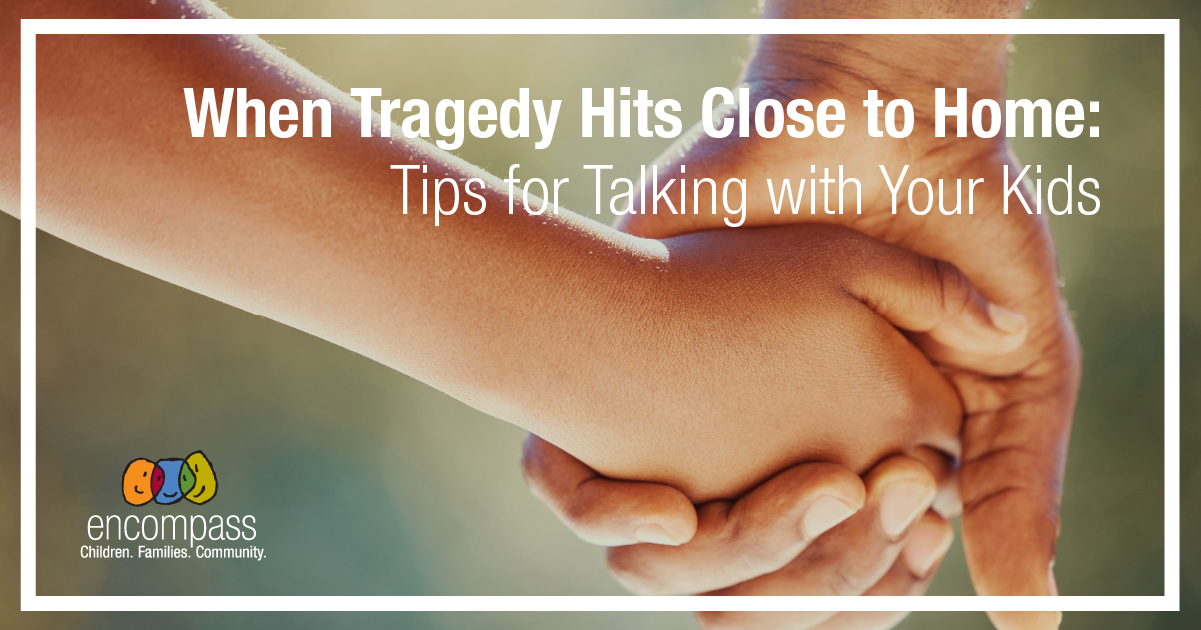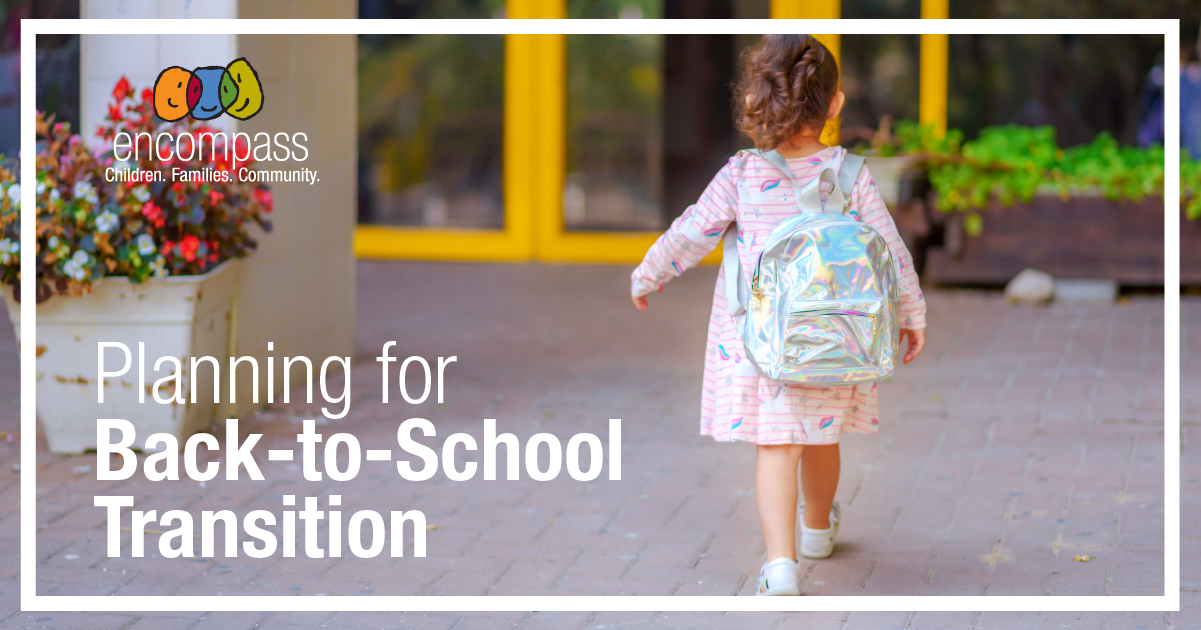“Creating a Trauma-Informed Learning Environment” Pilot Project
We are working on a “Creating a Trauma-Informed Learning Environment” pilot project with Timber Ridge Elementary School. This pilot is still evolving, but the plan so far includes four hours of training, a series of individual scenario exploration (formerly known as problem-solving) sessions with teachers, contributions to the school newsletter, and availability of a lending library for teachers and administrators.
After doing the first “Creating a Trauma-Informed Learning Environment” training and then meeting with teachers individually, I feel so lucky to be a part of the community they serve as educators. Their willingness to dig deeper into the issues that impact students and create challenges in classrooms energizes me to continue working on this pilot project to provide the supports they need to change the world for our kids. We are working diligently to create a program that will provide them with cutting edge information and tangible tools for creating change.

I recently came across this meme and was struck by the truth in it. As a society, we seem to understand that in order to absorb and generalize information, we need to connect with someone to get the information, have an opportunity to practice it, get our questions answered, and then repeat the whole cycle again. It seems strange that behavior isn’t treated in the same way. We often have some intrinsic need to respond to challenging behavior with a consequence or punishment instead of seeing it for what it is: a child using a challenging behavior to communicate with us about what they need.
For me, that shifts everything. If I can shift away from thinking that this child is “behaving badly” to believing that this child is using difficult behaviors to tell me how badly they are feeling and get my help in making the bad feeling go away, I’m all in. Suddenly, I’m looking for gaps in their skills. I’m thinking about whether they are hydrated or hungry. I’m wondering if they slept well last night or had an argument with a friend. If I can recognize the hurting child in front of me who can’t figure out how to get what they need without using behavior that I find challenging, I can step up to the plate and respond by teaching them the skills they need, helping them practice using appropriate behaviors all the while reinforcing that they can get their needs met through connected relationships with safe adults. It’s only by partnering with the child to calm their physical systems and connect with them emotionally that children can access the parts of their brain that allow them to learn.
This week, try incorporating some calming and connecting strategies and watch your relationships flourish. A couple of ideas you could try:
- Get below a child’s eye level when they are struggling (this disengages their fear response) and offer support instead of judgement;
- Practice just noticing (“You are working on your assignment,” or even, “You are wearing a red shirt.”);
- Or try some fun breathing techniques.
Studies show that one attuned, consistent adult can make the difference in the trajectory of a child’s life. Today, that could be you!














